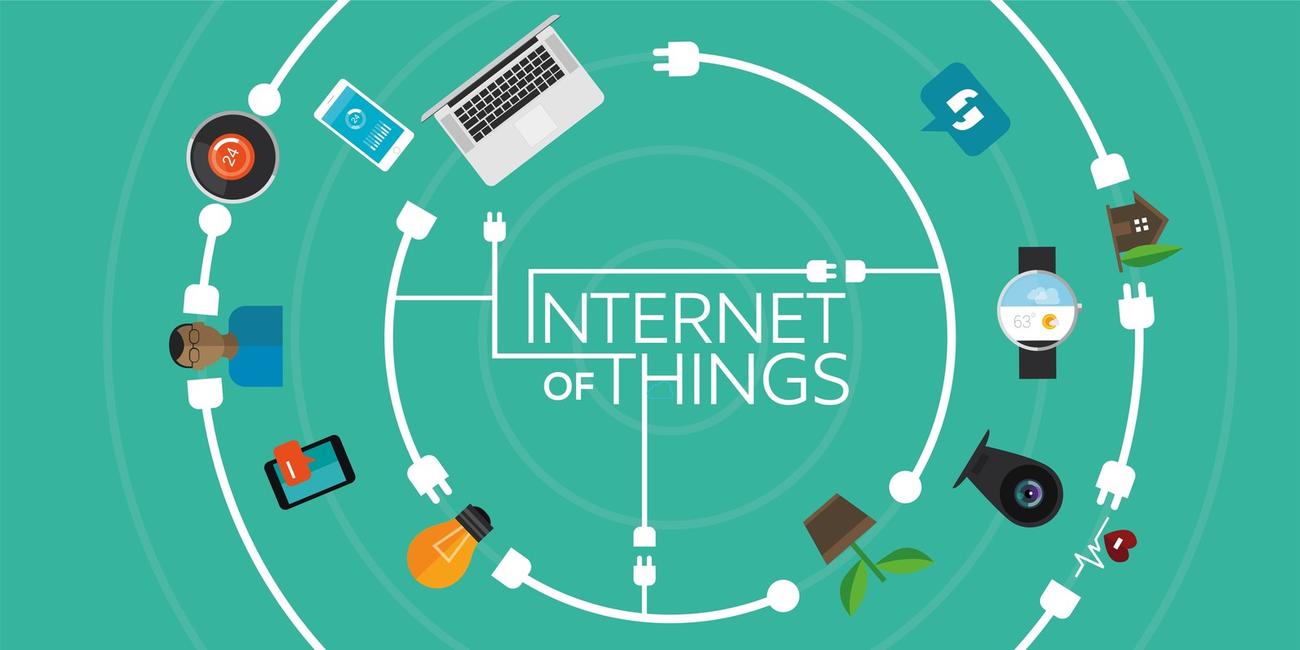What is this Internet of Things?
The Internet of Things, or IoT, refers to billions of physical devices around the world that are connected to the Internet, collecting, and sharing data in the process. Thanks to inexpensive processors and advanced wireless networks, it is now possible to transform truly anything – from sensors to smartphones, self-driving cars to airplanes, etc. – into a part of the IoT. And that gives devices that would otherwise be essentially „dumb“ a digital intelligence: allowing real-time data to be transmitted without the involvement of a human, which in turn effectively connects the physical world with the digital world.

By combining digitally connected devices with automated systems, it is possible to „gather information, analyze it, and create an action“ to learn from a process or assist someone with a specific task.
This gives devices the ability to communicate not only on a small and limited scale, but across different types of networks, creating a much more connected world.
Is there an example of such a device in the Internet of Things?
Almost any physical object can theoretically be transformed into an IoT device if it can be connected to the Internet and thus controlled individually.
For example, a light bulb that can be turned on and off via a smartphone app is already an IoT device, as is a smart thermostat in the home, a motion sensor, or a connected streetlight. What we mean to say: An IoT device can be as fun and light as a child’s toy, or as serious as a driverless truck, other times as complicated as a jet engine equipped with hundreds or thousands of sensors, which in turn collect and send back data, including to make sure it’s working efficiently. The next stage of development is SmartCities projects that fill entire regions with sensors to give people better control, more understanding and intelligent handling of the environment.
But why should connected devices share data?
„IoT offers us the opportunity to work more efficiently, saving time, money and emissions.“
It’s not about randomly smart-connecting every Internet-enabled device, but about collecting data that can be useful to customers and buyers and have a positive impact on the overall economy.
In industrial applications, sensors in product lines can increase efficiency and reduce waste. According to a study, more than one-third of U.S. manufacturers already use data from smart sensors in their configurations. U.S. company Concrete Sensors has developed a device that provides data on material condition, for example.
And so not only companies, but also governments, public agencies and authorities can rethink how they deliver services better, more effectively, situationally, customer-focused, etc. and produce goods.
„The quality and volume of data in the Internet of Things makes it possible to make interactions with devices much more responsive and contextual to create the opportunity for change.“
What are the benefits of the Internet of Things for my business?
These depend on the implementation. However, critical to business success is that companies get more access to data as well as their own products, but so does the fact that they have their own internal systems and can subsequently make more changes themselves.
To be able to send back data about performance, manufacturers are adding smart sensors to the components of their products. This way, business owners can predict when a component is most likely to fail, allowing them to replace it before it is damaged. Companies can also use the data generated by these sensors to make their systems as well as their supply chains more efficient, precisely because they get much more accurate data about what is going on.

